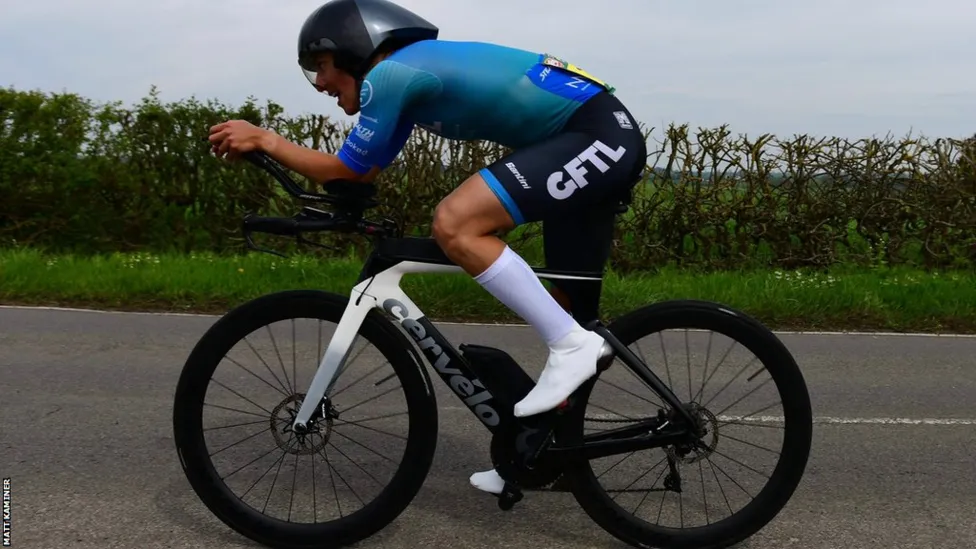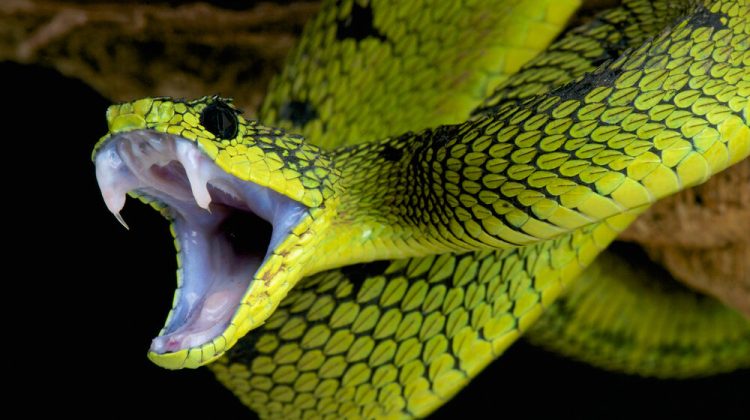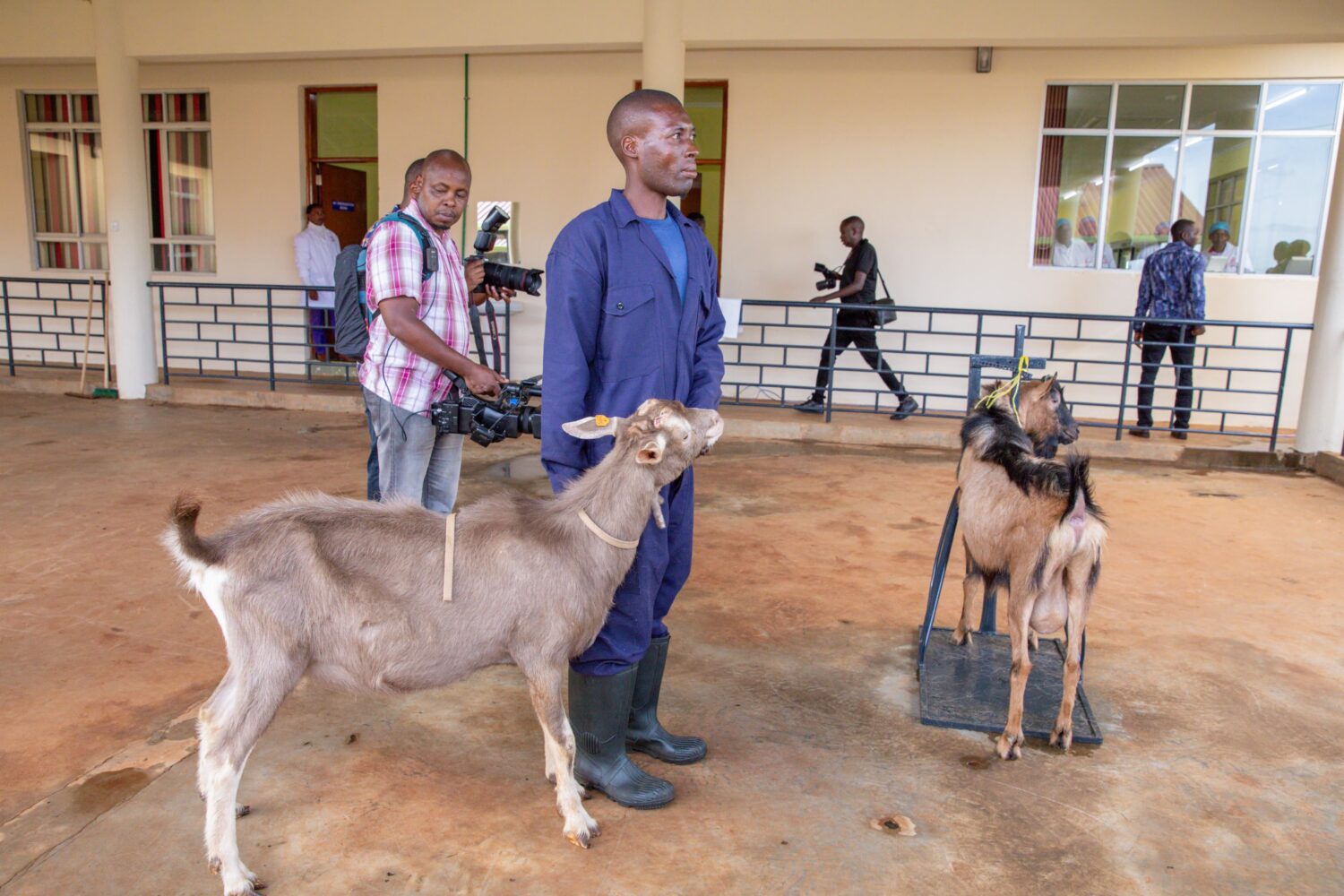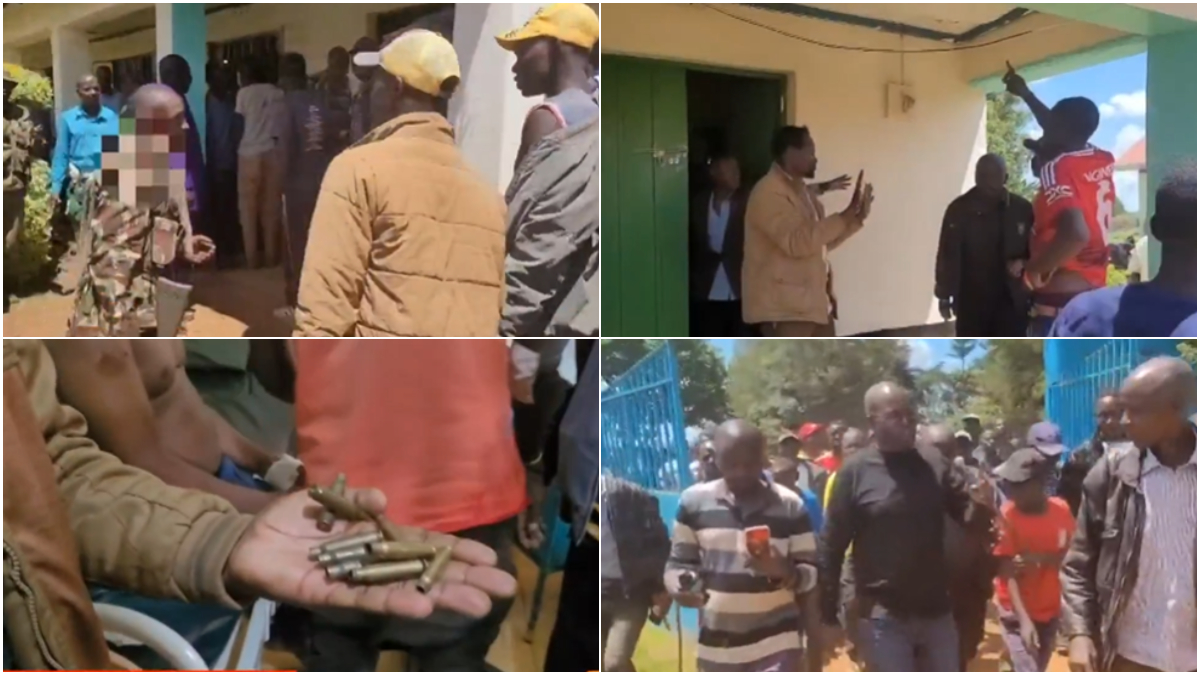In a small coastal village near Malindi, 14-year-old Shukurani Konde Tuva lies in agony on a hospital bed.
It is more than a month after a puff adder bite, one of Africa’s deadliest snakes, that has left his leg decaying leaving doctors no choice but to amputate it above the knee.
“My son’s leg is totally rotten. Maggots are coming out. They have to cut it,” his heartbroken mother, Mariamu Kenga Kalume, told Citizen TV.
The race against time and tradition
When Shukurani was bitten, his family rushed him to the nearest hospital that was two hours away on a motorbike.
But the antivenom administered failed to work. A traditional “snake stone” was also applied but fell off on the journey. These delays proved devastating.
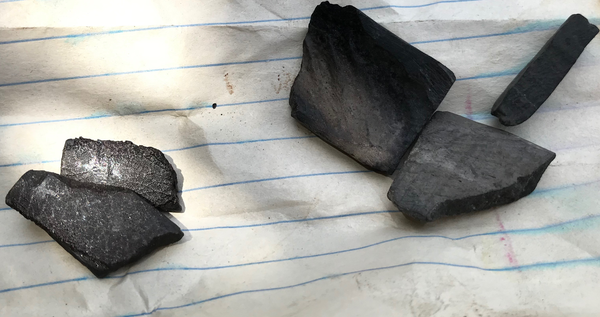
Such scenarios are not isolated. Globally, 5.4 million people suffer snakebites annually. The World Health Organization (WHO) estimates up to 138,000 deaths each year, with 400,000 survivors left permanently disabled. In Kenya, underreporting and deep-rooted myths mean actual figures could be far worse.
Traditional healers vs. modern medicine
Just miles from Shukurani’s hospital bed, traditional healer Douglas Rama Bajila proudly displays the remedies he uses. For $1, he sells a “snake stone” made from cow bone, believed to draw out venom.
“You just soak it in milk to recharge,” he claims.
Though affordable, such practices delay hospital treatment. Meanwhile, effective antivenoms remain costly and scarce, priced at up to KSh 8,000 ($62) per vial, with critical patients needing as many as 20 doses.
Ruth Kintalel, a mother from Kajiado, was bitten by a red spitting cobra in her sleep. After five months in hospital and losing full use of her right arm, she shared, “My husband had to sell our livestock to pay the bills.”
Kenya receives only 10,000 to 30,000 vials of antivenom yearly, far below the 100,000 needed. Much of this comes from India, which, according to experts like Kyle Buster Ray of Watamu Snake Farm, leads to poor treatment outcomes due to regional venom differences.
In Nairobi, researchers are developing a Kenya-specific antivenom expected in two years. “Our goal is one powerful vial per patient,” says Valentine Musabyimana from the Snakebite Research and Intervention Centre.
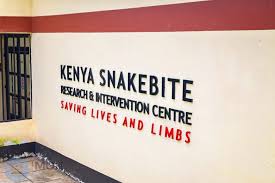
Unfortunately, for children like Shukurani, time has already run out. “It’s not just physical,” says Ray. “Watching your limb rot… that leaves deep mental trauma.”

